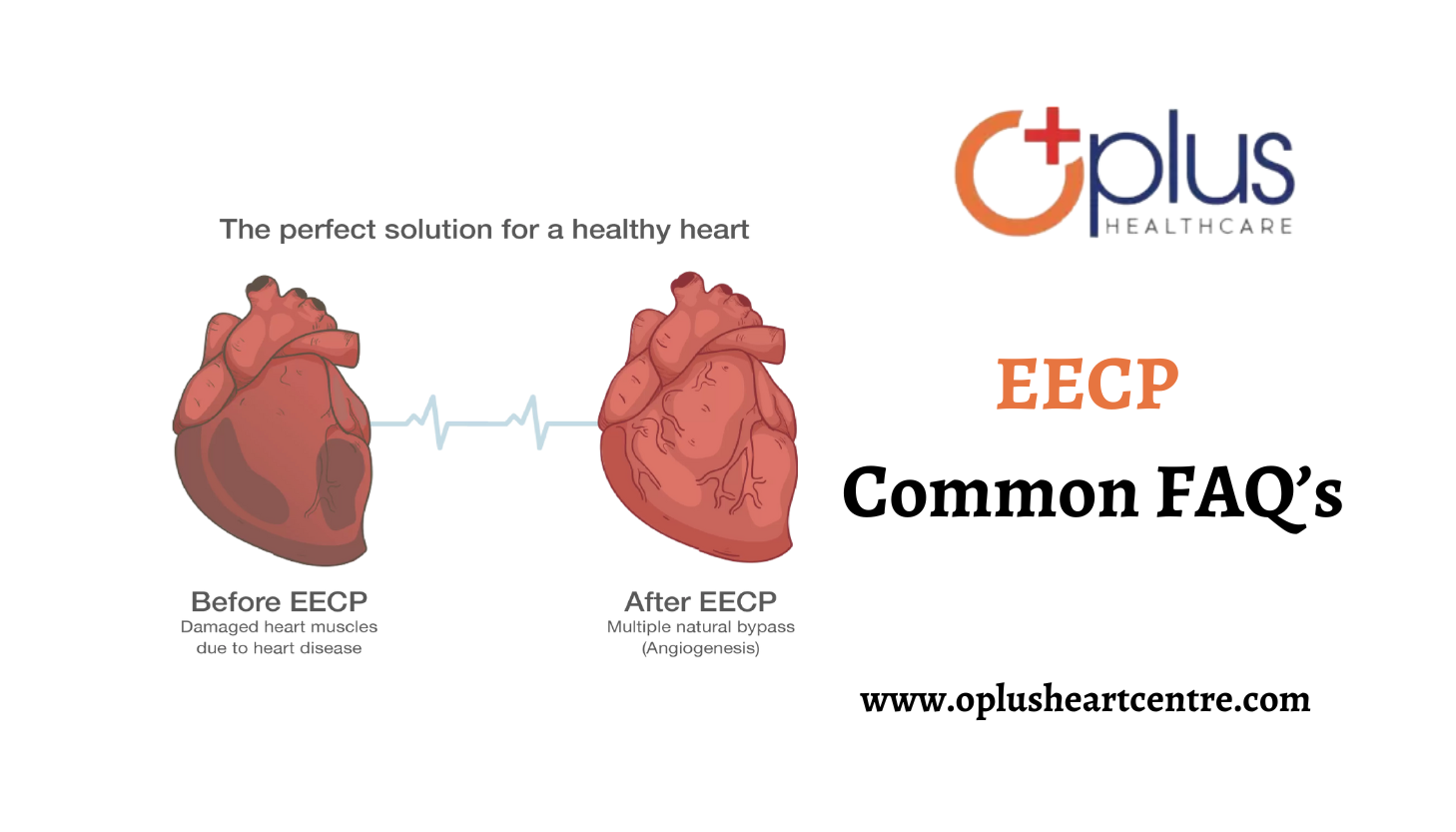- 22 August 2024
Dr. Sanoj Raj addresses some of the most frequently asked questions about EECP.
1. What is angina?
Angina is a warning from your body indicating that your heart muscle isn’t getting enough oxygen-rich blood. The heart relies on a steady supply of oxygenated blood through the coronary arteries. When these vessels become narrowed, the heart’s affected area experiences a painful signal known as angina pectoris.
Symptoms can include chest pain or pressure, shortness of breath, pain in the jaw, neck, arms, back, nausea, or general fatigue. Experiences of angina can vary among individuals.
2. How do I know if I qualify for EECP?
You may be a candidate for EECP if:
- Your angina is not sufficiently relieved by medication.
- You have persistent fluid retention and breathlessness due to weakened heart function.
- You’ve had invasive procedures but still experience chest pain.
- Your cardiologist has determined you’re no longer a candidate for further invasive procedures.
3. What does EECP stand for?
EECP stands for Enhanced External Counterpulsation.
4. What is EECP Therapy?
EECP is a non-invasive outpatient treatment for heart disease designed to relieve or eliminate angina. During treatment, blood pressure cuffs are placed around your legs, inflating and deflating in sync with your heartbeat. This process enhances blood flow throughout your body, particularly to your heart. EECP fosters the development of new blood vessels around blocked arteries, creating alternative pathways for blood flow, hence it’s often referred to as a natural bypass.
5. What are the advantages of EECP?
Unlike bypass surgery, balloon angioplasty, and stenting, EECP is non-invasive, carries no risks, and is comfortable, conducted during outpatient sessions.
6. Are there any risks or side effects of EECP?
EECP is generally safe. Some patients might experience mild skin irritation where the cuffs are applied, which can be managed with extra padding. A few might feel slightly more fatigued initially, but this usually improves as treatment progresses. Many patients find they feel more energized after EECP.
7. How long does EECP take?
The typical treatment course is one hour per day, five days a week, for seven weeks, totaling 35 sessions. Some patients may have two sessions per day to complete the program more quickly, or extend beyond 35 sessions based on their medical needs and goals.
8. When can I expect to start feeling better from EECP?
Most patients notice improvements in symptoms like increased stamina, better sleep, reduced angina, and decreased reliance on medication between the 15th and 25th sessions. Some may even start feeling better within the first week.
9. What if I miss a treatment?
It’s best to attend your EECP sessions regularly, but missing a day won’t significantly impact your results. You can resume where you left off, and the missed session will be added to the end of your program, ensuring you complete all 35 sessions. Consistency helps achieve the best results.
10. Do the benefits of EECP last?
Yes, studies show that EECP benefits, including reduced angina, less medication use, and improved blood flow, can persist for three to five years after treatment.
11. What does EECP feel like?
EECP feels like a deep muscle massage in your legs. You won’t feel anything in your chest or heart. The sensation from the cuffs around your legs, which inflate and deflate with your heartbeat, is often described as “gentle hugs.” Many patients relax, listen to music, read, or even sleep during treatment.
12. How does EECP compare to angioplasty or bypass surgery?
Five-year outcomes for EECP patients are comparable to those of patients who have undergone angioplasty or bypass surgery.
13. Is EECP FDA-approved? What research supports it?
EECP was FDA-approved in 1995 for coronary artery disease and angina, and later for congestive heart failure in 2002. It has been rigorously tested in clinical trials at top universities and featured in over 100 scientific studies published in major medical journals.
14. I have a pacemaker. Is that a problem with EECP?
No, pacemakers and internal defibrillators do not interfere with EECP treatment.
15. I am on blood-thinning medications. Is that a problem with EECP?
No, patients on medications like Coumadin, Warfarin, or Acitrom can safely undergo EECP treatments.
16. I have congestive heart failure (CHF). Is that a problem with EECP?
No, EECP is FDA-approved for treating CHF. Patients often experience reduced swelling, less shortness of breath, and improved overall comfort after completing EECP.
17. I have had bypass surgery, angioplasty, or stents. Can I still have EECP?
Yes, many patients who have had these procedures still seek EECP treatment for ongoing angina.
18. Is there an age limit for EECP?
No, EECP is suitable for patients as young as 36 and as old as 97. Many patients in their 70s and 80s successfully complete the program with excellent results.
19. Are there any patients who cannot receive EECP?
Very few patients cannot receive EECP. Those who should avoid it include pregnant women, individuals with severe aortic valve leakage requiring surgery, and those with active blood clots in their legs.
20. Can EECP dislodge plaque and cause a stroke or heart attack?
No, EECP does not dislodge plaques or cause strokes or heart attacks. The treatment helps redirect blood flow through healthier pathways, bypassing blockages without affecting the plaques.
21. I had a blood clot in my leg three years ago. Can I have EECP?
Yes, having a past blood clot does not exclude you from EECP. It’s recommended to have a Doppler ultrasound to ensure the clot has resolved before starting EECP.
22. Does EECP aggravate high blood pressure (hypertension)?
No, as long as your hypertension is well-managed, EECP should not worsen it. In fact, some patients find their blood pressure improves with treatment. Uncontrolled hypertension should be addressed with medication before starting EECP.
23. I have varicose veins. Can I still have EECP?
Yes, varicose veins, which are typically a cosmetic concern, do not prevent you from receiving EECP. Extra padding is often used for comfort.
24. I have atrial fibrillation and an irregular heartbeat. Can I still have EECP?
Yes, an irregular heartbeat, including atrial fibrillation, will not interfere with EECP as long as your heart rate is controlled and not faster than 100 beats per minute.
25. I have poor circulation in my legs (peripheral vascular disease or PVD). Can I still have EECP?
Yes, and it’s actually beneficial. EECP improves blood flow throughout the body, including the legs. Patients with PVD might need more than 35 treatments, with many requiring at least 50 for optimal benefits.
26. What if my angina returns after completing EECP treatment? Can I come back for more?
Yes, EECP is not a one-time treatment. If symptoms return, you can return for additional EECP courses as needed.
27. Is there a difference between EECP and ECP?
Yes, EECP (Enhanced External Counterpulsation) is distinct from ECP (External Counterpulsation). EECP is a trademarked technology with a patented timing mechanism that enhances its clinical effectiveness. Studies and practices worldwide use EECP exclusively, making it the most effective device available.



